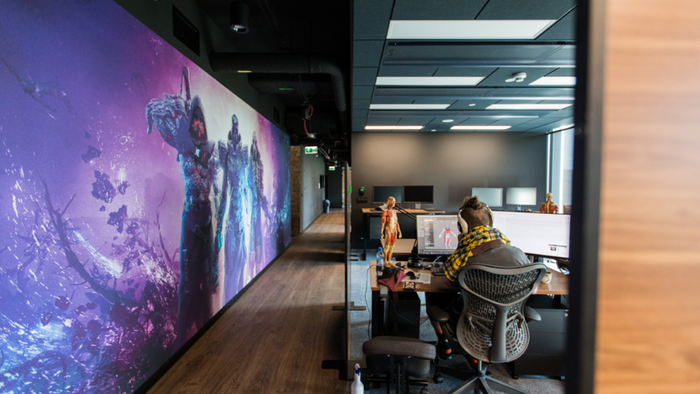Designing a real-life Escape the Room experience
The chances are that you've tried your hand at an Escape the Room video game challenges before. You may not have experienced one of the many real life Escape the Room games that have been popping up around the world.

The chances are that you've tried your hand at an Escape the Room video game challenges before, whether it's dabbling with the Crimson and Viridian rooms from Japanese designer Toshimitsu Takagi, or more modern takes on the genre, like Chunsoft's Zero Escape series. What you may not have experienced is one of the many real life Escape the Room games that have been popping up around the world over the last several years. This movement has seen a surge in recent months, with many taking cues from their video game counterparts. These physical spaces can go further than their digital inspirations, providing a combination of logic and challenges players can manhandle that video games cannot. It could be argued that this is but a branch of a larger game movement in recent years, that has seen physical games like J.S. Joust and Crypt of the NecroDancer taking to a bigger worldwide stage. One such real life Escape the Room experience opened in my area recently, called Breakout Manchester. I've been fascinated with how the design of these rooms compares to the video games for a while now, so I decided it was about time that I had a crack at one of them. The idea is simple in principle: You and up to four friends at locked in a room for an hour, and must try to work out how to get the door open before the time runs out. This involves scouring the room, looking for hints and puzzles, and solving them one by one to unlock doors, safes, chests and, eventually, the exit. "People currently love experiencing different things," Ed Roberts, the owner of Breakout, tells me. "Everything from festivals, Tough Mudder, theatre, concerts, zombie runs -- people want to take part in things." Breakout currently has two rooms, with another two in progress, and designing these rooms is no easy feat. Roberts franchised Breakout's first from a Hungarian Escape the Room designer, and once he felt that he understood the design flow of that, he bought the rights to another and attempted to mix it up a little, putting his own ideas and puzzles into it.
"It is very hard to get the right level of difficulty so people don't fly through it, but also aren't completely stuck."
Now he's putting together two more rooms, and finding that video games like The Legend of Zelda and Dishonored, plus a large dollop of classic British game show The Crystal Maze, are inspiring what he creates. "I'll now look at something and think, 'Yeah that would be cool to put into the next game,'" he notes. "The third game room 'Madchester' is opening in July, and that will all be my creation. I'm very excited." A physical space can surprise in ways that a computer monitor cannot. Items and surroundings that appeared trivial before are suddenly filled with puzzles staring you in the face, while items that you thought could surely -- surely -- have no useful meaning slot perfectly into place once you discover their significance. And just in case players attempt to force a solution to a puzzle, these rooms will contain multiple red herrings for the participants to stare at and ponder for far too long. All the while the experience organizers watch from cameras dotted around the room, either giggling to themselves or feeling a rapidly heightening sense of stress, as a band of friends move further and further away from the answers. "I would say cool set-piece puzzles are the first thing to consider when designing a room," Roberts adds. "Then the escape route, followed by the story line and flow -- which is actually a really hard thing to master. It is very hard to get the right level of difficulty so people don't fly through it, but also aren't completely stuck." It's worth searching for similar experiences in your area.
About the Author(s)
You May Also Like








